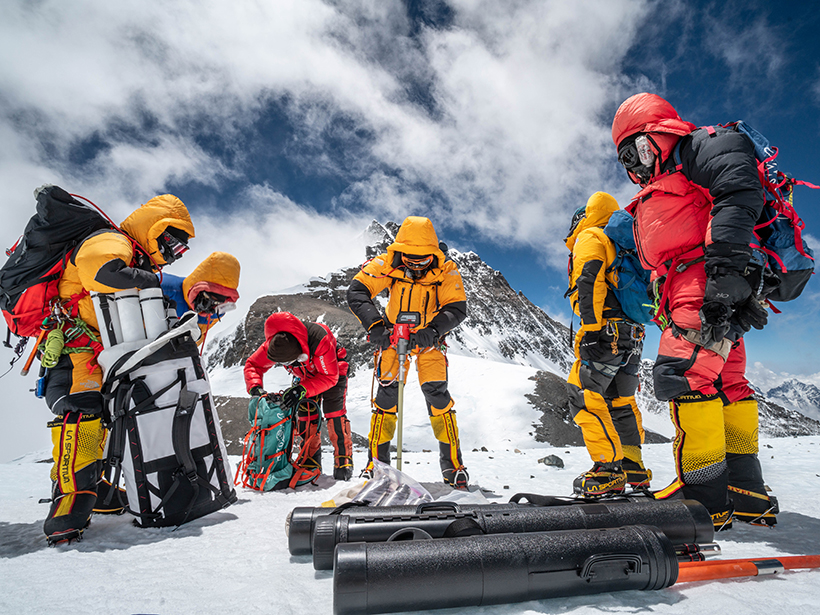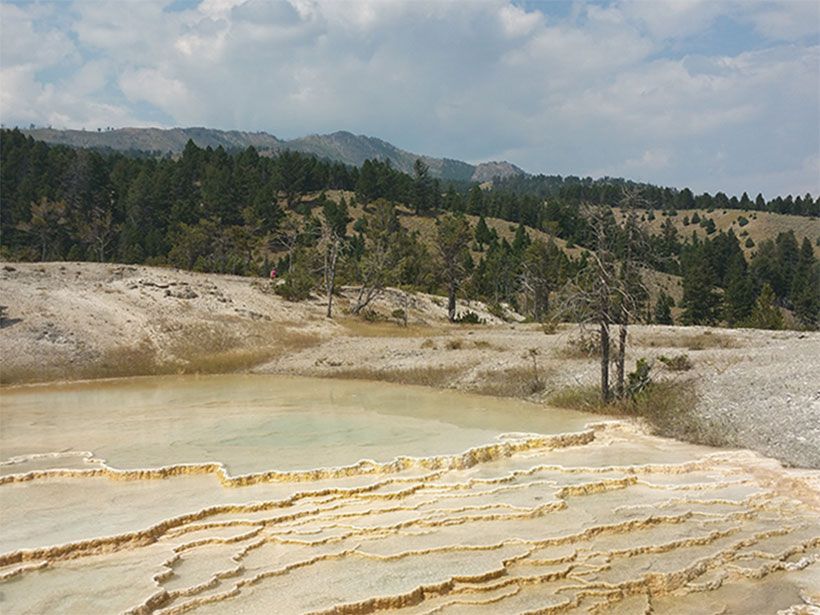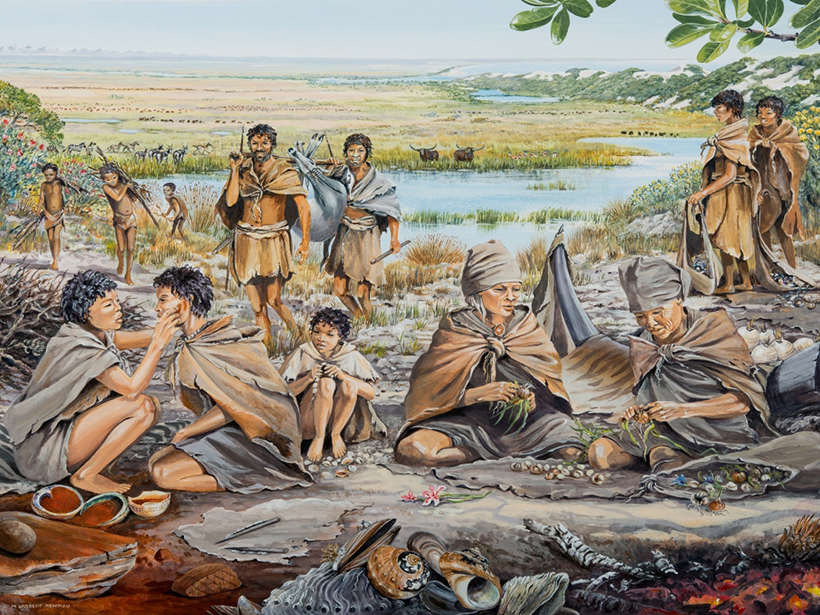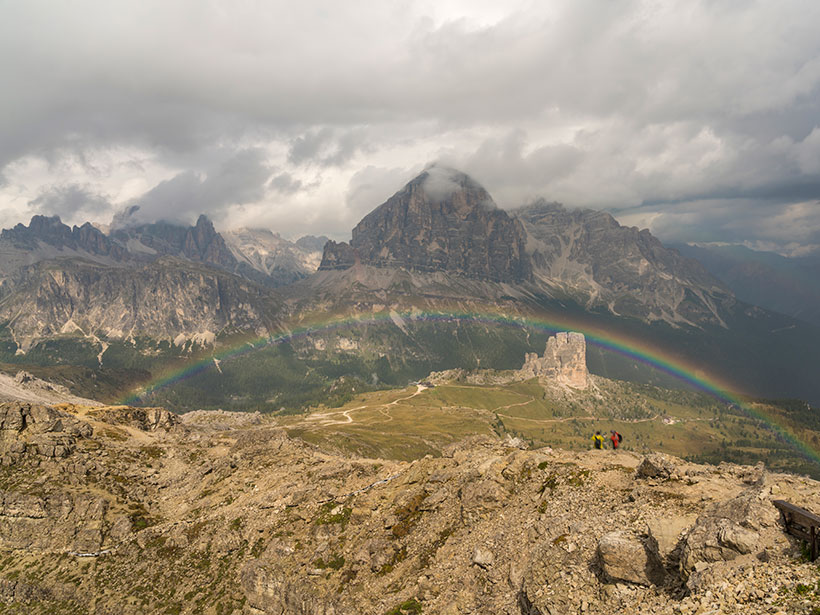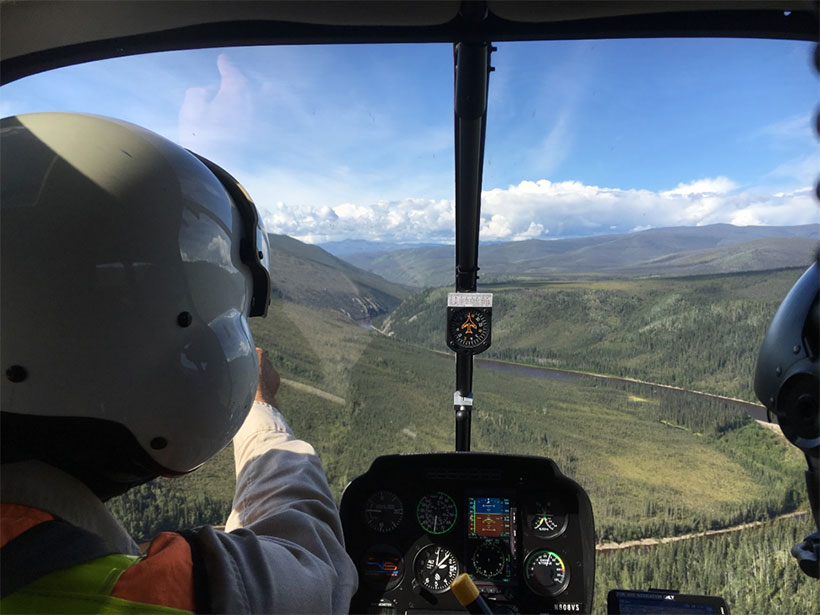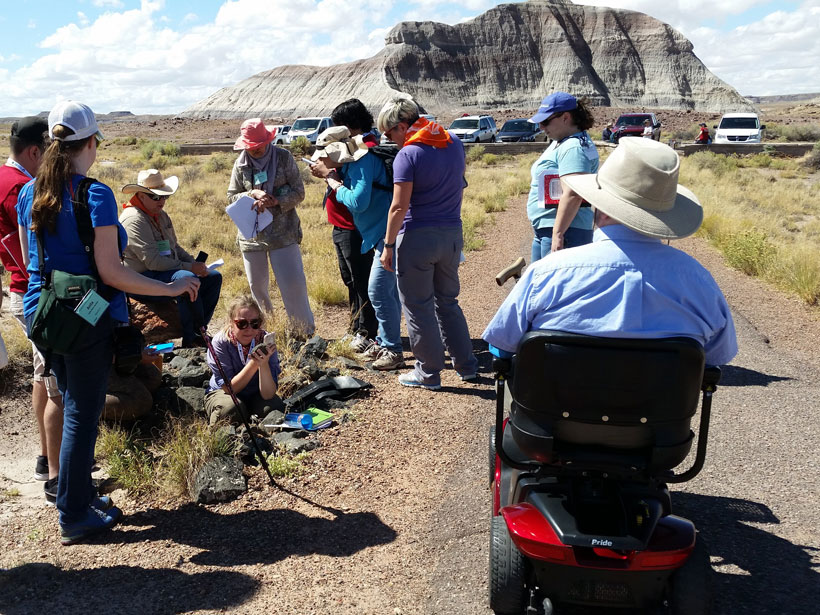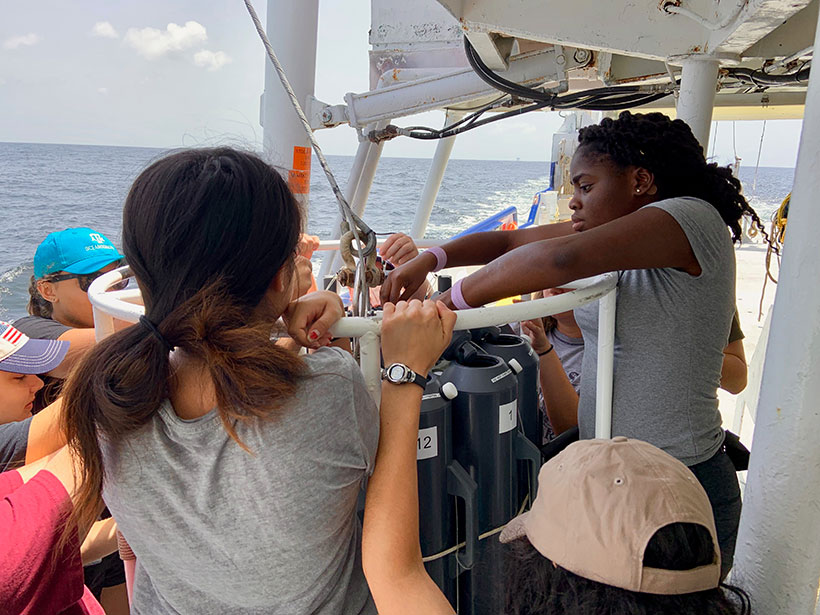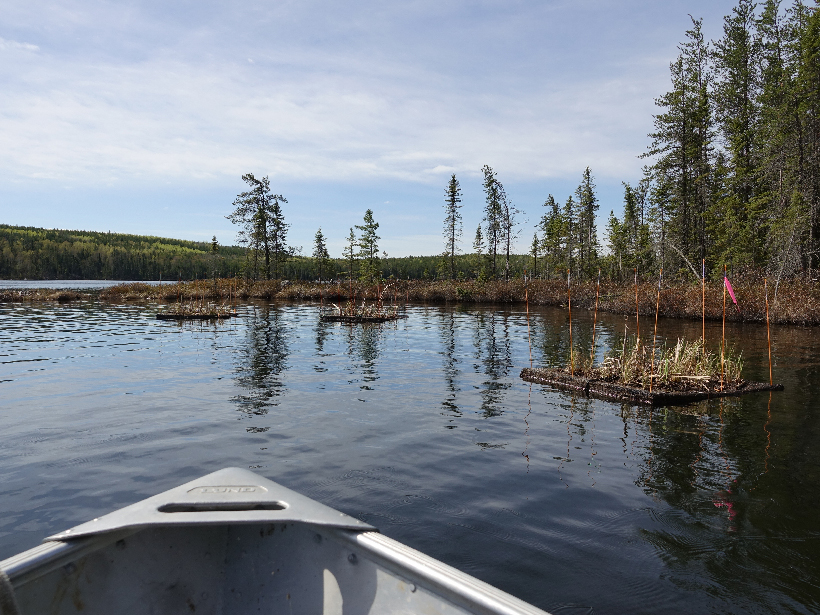An innovative National Geographic expedition collected the world’s highest ice core from Mount Everest.
fieldwork
Ten Steps to Protect BIPOC Scholars in the Field
Institutions should heed these recommendations to prepare faculty and students for discrimination and racialized violence before traveling and to protect them once in the field.
A Lost Haven for Early Modern Humans
Sea level changes have repeatedly reshaped the Paleo-Agulhas Plain, a now submerged region off the coast of South Africa that once teemed with plants, animals, and human hunter–gatherers.
The Challenges of Fieldwork for LGBTQ+ Geoscientists
A new survey reveals the unique issues that traveling for research poses for LGBTQ+ scientists. The data should help us create solutions that foster safety and inclusion.
Drones Help Bridge the Gaps in Assessing Global Change
New instruments in the research tool kit bolster scientific understanding of the ecology of a greening Arctic.
Ancient Rivers and Critical Minerals in Eastern Alaska
Fieldwork is revealing a history of landscape evolution over the past 5 million years that links climate change and river capture to critical mineral resources across the Alaska-Yukon border.
Accessibility and Fieldwork in the Time of Coronavirus
Fieldwork in the geosciences is increasingly relying on groundwork laid by accessibility advocates.
How COVID-19 Is Affecting Undergraduate Research Experiences
Limitations on summer research internships imposed by the pandemic are impeding students’ engagement in geoscience education and preparation for careers. The community is acting quickly to adapt.
Fieldwork in the Experimental Lakes Area Adapts to COVID-19
Though anticipating long days and hard work as a few key crew members do the job of many, researchers heading to the lakes this summer are excited to leave the house.
Building a Culture of Safety and Trust in Team Science
An Arctic research team of 150 members that implemented a culture of safety, inclusion, and trust as the foundation for cross-disciplinary science shares lessons from its experiences.

